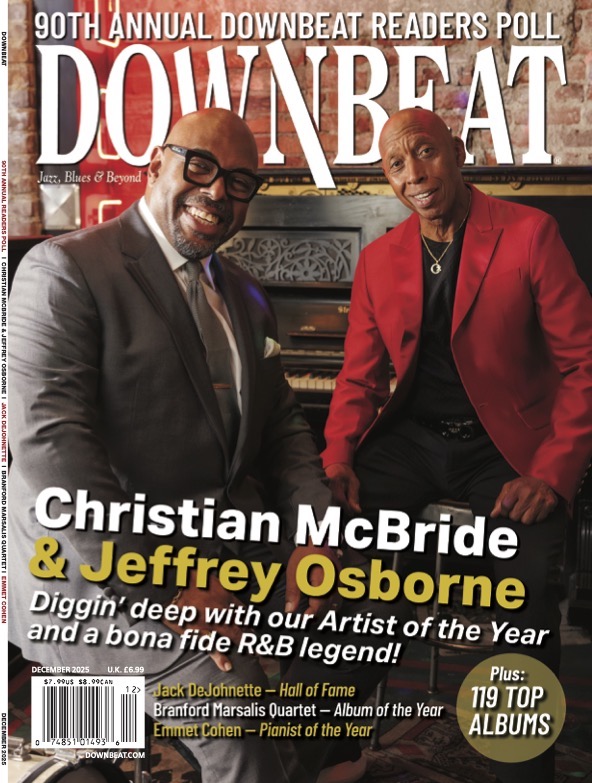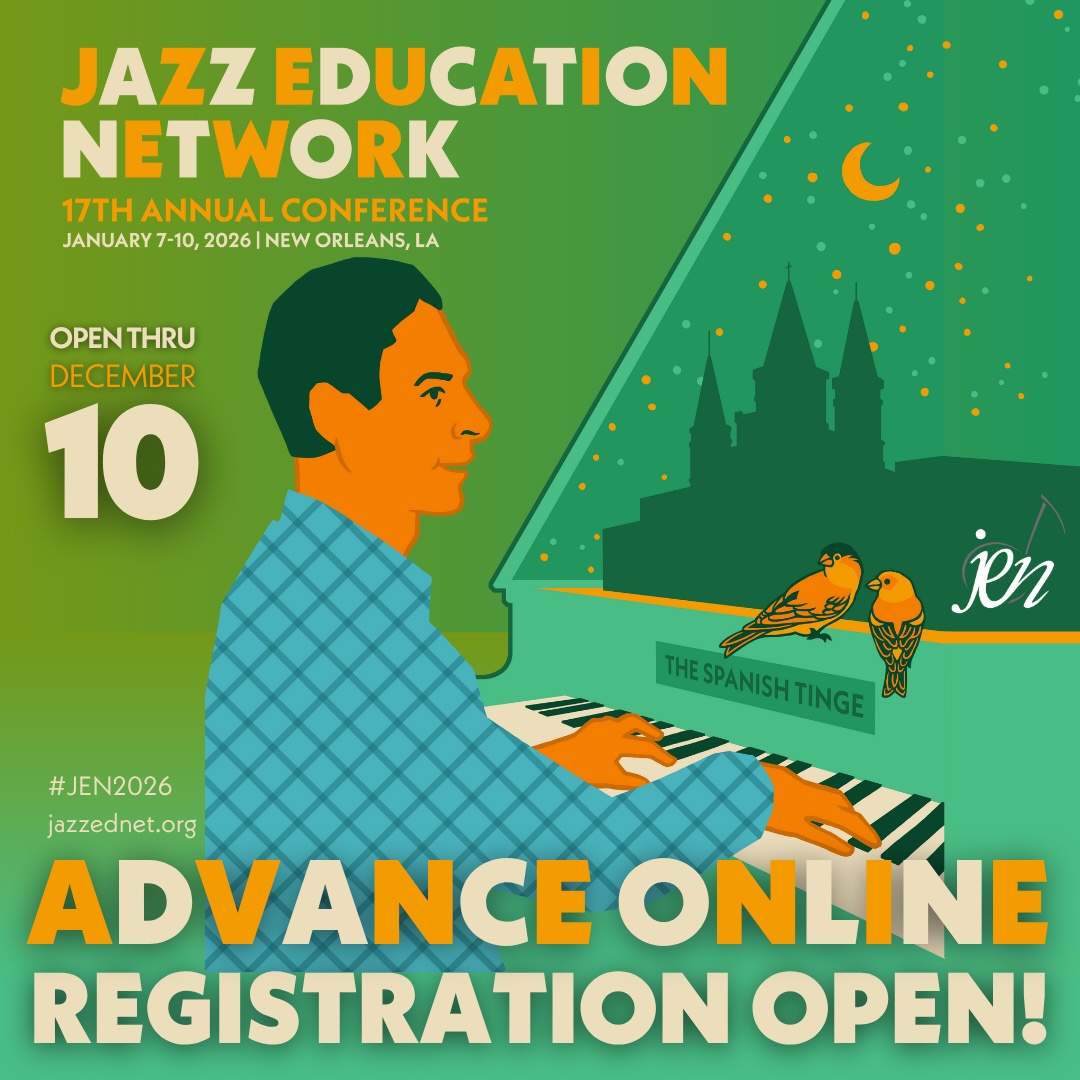Oct 28, 2025 10:47 AM
In Memoriam: Jack DeJohnette, 1942–2025
Jack DeJohnette, a bold and resourceful drummer and NEA Jazz Master who forged a unique vocabulary on the kit over his…
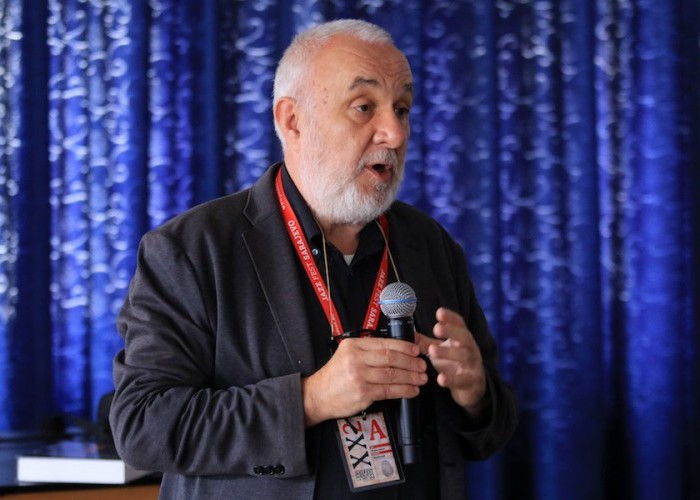
Francesco Martinelli gives a presentation on his new book, The History of European Jazz, at the 2018 Jazz Fest Sarajevo in November.
(Photo: Jasmin Brutus)During late October and early November, journalist and author Francesco Martinelli—who serves as Director of the Arrigo Polillo Center for Jazz Studies in Siena, Italy—traversed the European festival circuit to discuss his book, The History of European Jazz: The Music, Musicians and Audience in Context (Equinox).
The trek included three days at the JazzMi festival in Milan, including a presentation of the 40-chapter, 752-page, English language opus, which he conceived and edited, with support from Europe Jazz Network and funding from the Creative Europe program of the European Union. The tome includes 250 photos.
Martinelli, 63, contributes a pithy introduction and a fascinating chapter about the history of jazz in Italy. It begins in 1904, when “the Louisiana Troupe with African-American soprano Coretta Alfred (later Coretti Arle-Tietz) brought its cakewalk show to Milan,” and ends with an portrait of the first decade of the new millennium, when “jazz runs the gamut from TV personalities to underground experimentation … with new roads opening as old ones closed.”
He buttresses his amply footnoted 20,000-word essay with a bibliography and a sizable discography. Most of the 39 other chapters are shorter, but provide similarly comprehensive histories of 31 nations of Europe and the Near East, and sections on “Early African-American Entertainers,” “Django Reinhardt and Jazz Manouche,” “Jews and Jewish Music,” “The Avant Garde,” “Film” and “Festivals.” Each chapter is written by a specialist in the subject.
On the day after his JazzMi presentation, Martinelli discussed his motivation for embarking upon the lengthy, multiyear process that generated The History of European Jazz. “There isn’t a shared memory about the history of jazz in Europe as compared with the English-speaking countries, because of the difficulties of exchanging information between countries that may be neighboring but don’t speak each other’s languages,” he said.
“When I talk to students about the great times of Krzysztof Komeda or Pedro Iturralde or György Szabados, or Vaqif Mustafa-Zadeh, for them it’s a surprise. So, the main point in the building of that shared memory—of a shared myth, if you want—was to create a focus that would go beyond the language barrier, and to ask everybody to describe the history of the music in their countries in the lingua franca of jazz, which is English.”
With this goal in mind, Martinelli instructed the contributors to focus less on “telling the stories of the greatest musicians,” but rather “to discuss the ones who had the most impact on local culture, on the local teaching of music—the ones who actually integrated musicians of different backgrounds into their music.”
To emphasize the point, he quoted Lebanese oud master Rabih Abou Khalil: “When I arrived in Germany, I became a jazz man by default. Why? Because the jazz people wanted to play with me. ‘We want to hear your instrument. This is an instrument we don’t know. We want to know how you play, what is your tuning, what tunes you play, how you improvise on these structures that are so foreign to us.’”
Martinelli sees the imperative of artistic experimentation implied in Kahlil’s remark as a century-long through line in the evolution and coalescing of Europe’s various national jazz streams. “When jazz arrived in Europe, everybody was excited about the colors, the extended harmonies, the freedom it allowed musicians to find new colors in the instruments, to find their own voice. Improvisation, which was extinct in European classical music, was one of the most important points that struck early observers.
“Nowadays, the influence of jazz is so pervasive that jazz improvising influences even the way early music is played. Jazz allowed a fresh look to the European heritage.”
For ordering info on The History of European Jazz, visit the Equinox website. DB
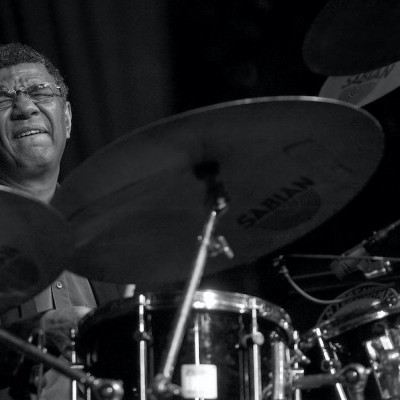
Jack DeJohnette boasted a musical resume that was as long as it was fearsome.
Oct 28, 2025 10:47 AM
Jack DeJohnette, a bold and resourceful drummer and NEA Jazz Master who forged a unique vocabulary on the kit over his…

D’Angelo achieved commercial and critical success experimenting with a fusion of jazz, funk, soul, R&B and hip-hop.
Oct 14, 2025 1:47 PM
D’Angelo, a Grammy-winning R&B and neo-soul singer, guitarist and pianist who exerted a profound influence on 21st…
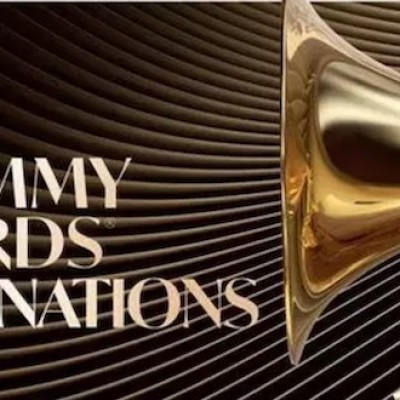
To see the complete list of nominations for the 2026 Grammy Awards, go to grammy.com.
Nov 11, 2025 12:35 PM
The nominations for the 2026 Grammy Awards are in, with plenty to smile about for the worlds of jazz, blues and beyond.…
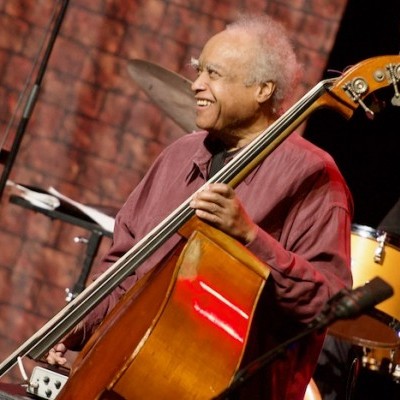
Drummond was cherished by generations of mainstream jazz listeners and bandleaders for his authoritative tonal presence, a defining quality of his style most apparent when he played his instrument unamplified.
Nov 4, 2025 11:39 AM
Ray Drummond, a first-call bassist who appeared on hundreds of albums as a sideman for some of the top names in jazz…
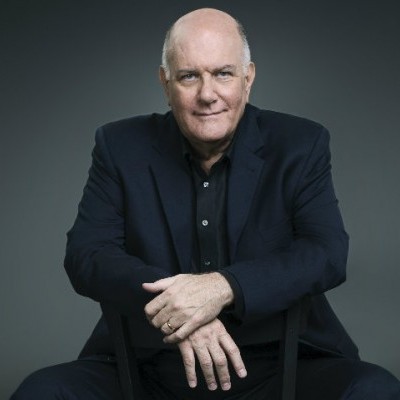
Jim McNeely’s singular body of work had a profound and lasting influence on many of today’s top jazz composers in the U.S. and in Europe.
Oct 7, 2025 3:40 PM
Pianist Jim McNeely, one of the most distinguished large ensemble jazz composers of his generation, died Sept. 26 at…

